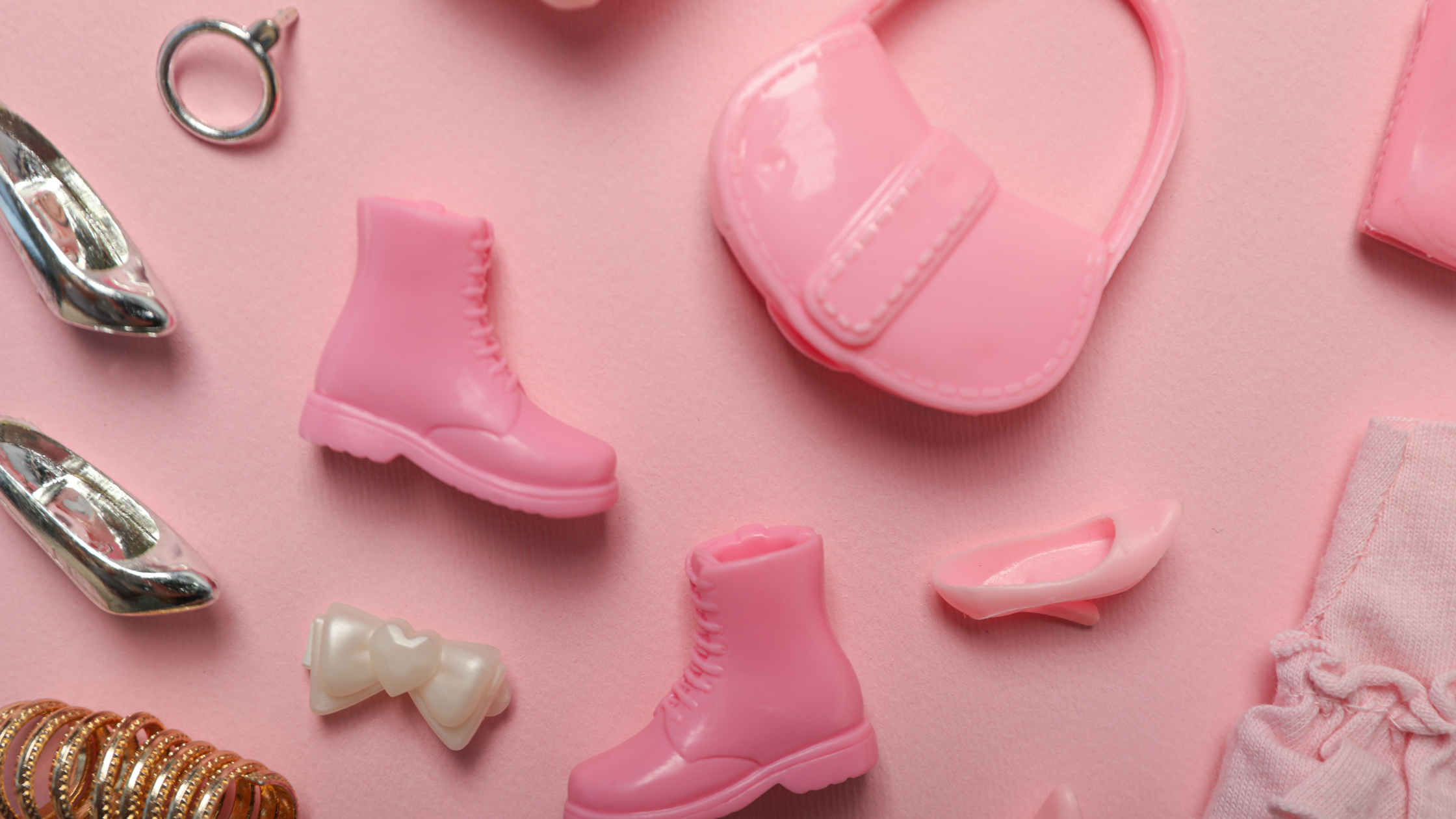“Barbie” has the world talking. Greta Gerwig‘s film brought in $155 million domestically on opening weekend, making history as the biggest debut ever for a female director. After two weeks, the movie has generated $351.4 million in North America. I saw children carrying their own Barbie dolls and women wearing their best pink outfits alongside regular movie-goers at the theater. Studio and marketing gurus are crying pink tears of joy.
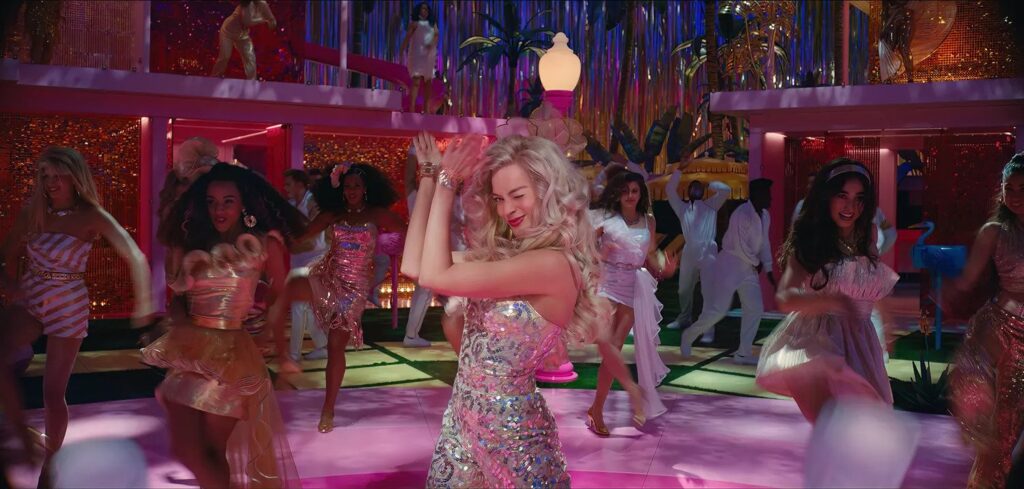
© Warner Bros. Pictures
The movie took a different approach than many expected. With underlying themes around gender roles, patriarchy, and feminism, the new “Barbie” movie contained a mix of nostalgia, comedy, and commentary.
However, every marketing professional knows this pink PR explosion was anything but spontaneous. Our world was painted pink this summer thanks to the Warner Bros.’ and Mattel’s “Barbie” marketing strategy that had a $150 million budget. What they spent on marketing, they made back in ticket sales in the very first weekend. READ: Great ROI.
According to Insider, the “Barbie” movie marketing campaign included more than 100 international partnerships. There is Barbie-licensed clothing, perfume, and more in the mall. There are Barbie Crocs, sneakers, ice cream flavors, purses, skincare products, makeup, and more. Mattel even partnered with Burger King for a Barbie pink burger, available only in Brazil.
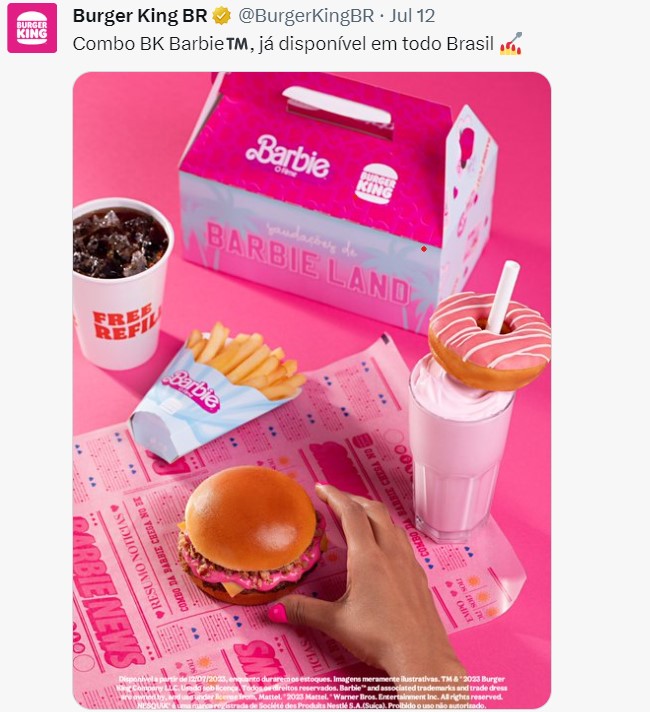
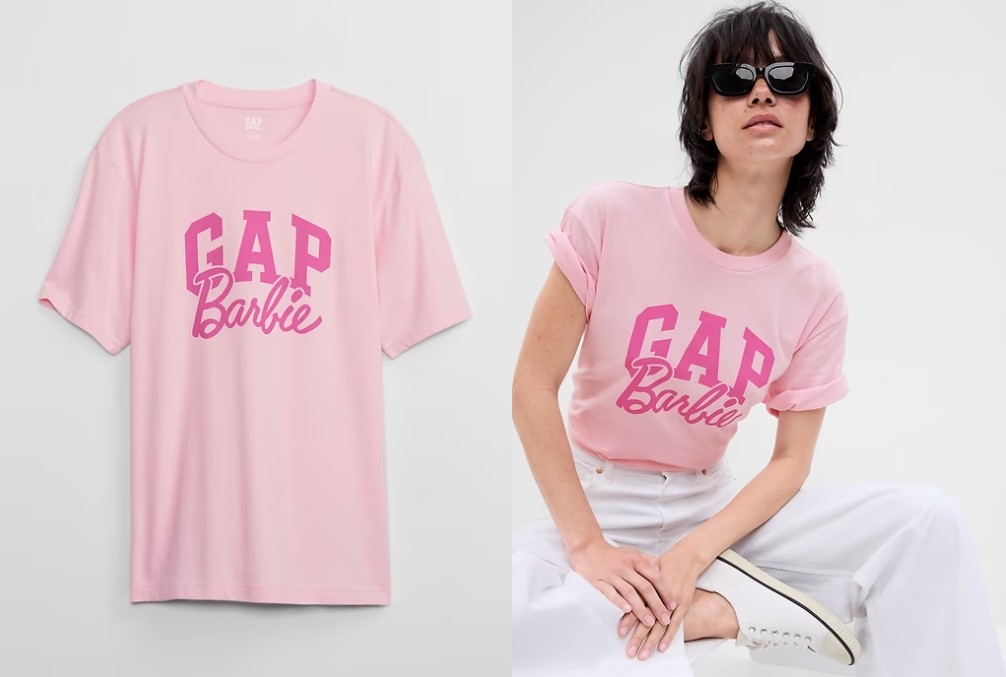
© Gap.com
Social media has taken off with Barbie filters and trends on TikTok. Celebrities are posting in pink outfits. Many movie theaters have photo backdrops and props, turning the theaters pink. My local movie theater had a photo frame with a picture of Ken (Ryan Gosling) and a photographer to take pictures of the moviegoing Barbies near the concession stand.
Barbenheimer, the phenomenon that boosted both the “Barbie” movie and “Oppenheimer,” a biographical film about the development of the atomic bomb, is a creative idea that paid off. The movies were both released on July 21 in an instance of counter-programming. The stark contrast between the two caused people to make memes, and the overlap of the films boosted attendance at both. Organic social media content boomed with this, providing free marketing for the two films.
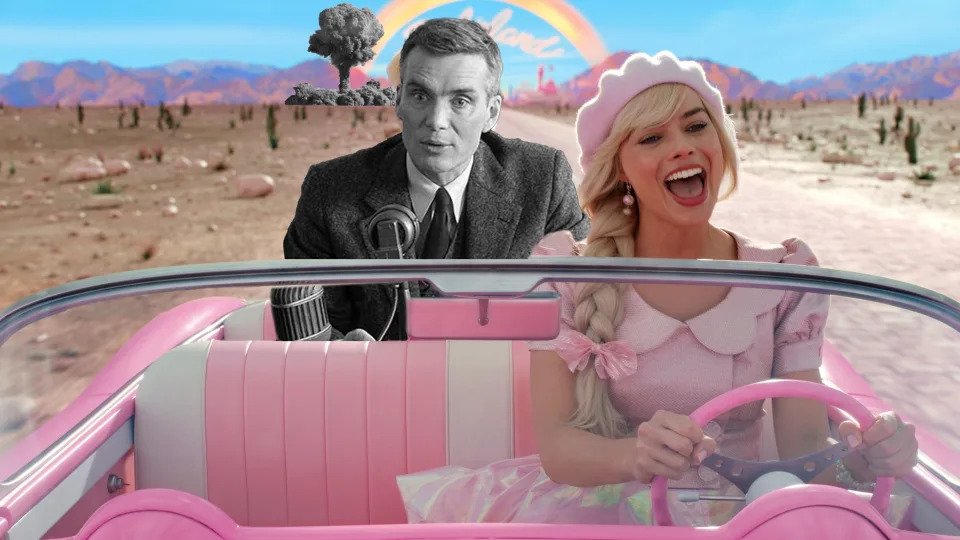
© Photo Illustration CNN, Adobe Stock, Universal Pictures, Warner Bros. Pictures
From the early days of the controversial and iconic Barbie empire, its marketing strategies have been largely successful. Ruth Handler was the founder of the Barbie doll. According to the Wall Street Journal, “Handler broke the rules of her business in three ways: how she sold toys, when she sold them and who bought them.” She realized early on that children were the target demographic for toys, not their parents. This turned into a revolutionary strategy. The mother of Barbie, Handler was a risk-taking entrepreneur and influential figure, who was played by actress Rhea Pearlman (of “Cheers” fame) in the film. Handler took an out-of-the-box approach back then, and the producers of the film followed in her footsteps to create a memorable experience with this movie.
What are we to learn from all of this? Whether you see the movie as a feminist manifesto or as commentary on current policies and politics as they relate to female rights, marketers see the film as an example of brilliant PR. Smart and selective partnerships, memorable advertising, and creative ideas drove the anticipation for the movie that opened July 21. It all worked in unison to get people talking and set a strong foundation for the film. It made people think about the movie, go to the movie, and talk about the movie. It turned a 64-year-old doll into a trending, money making phenomenon.

